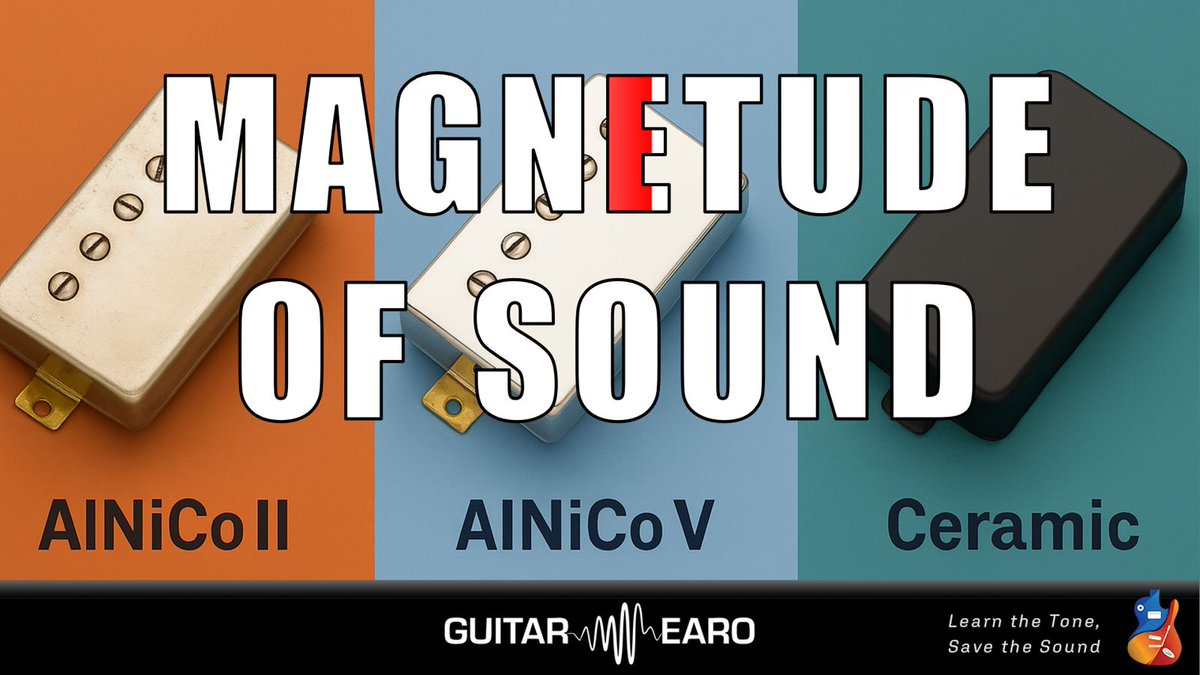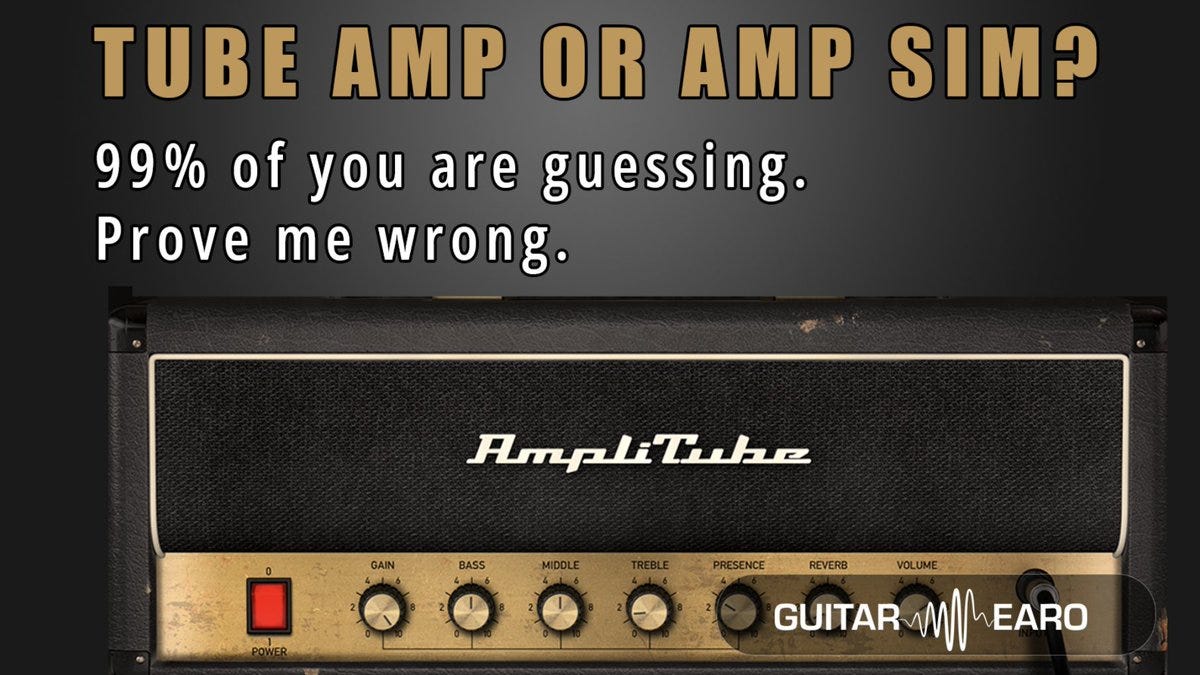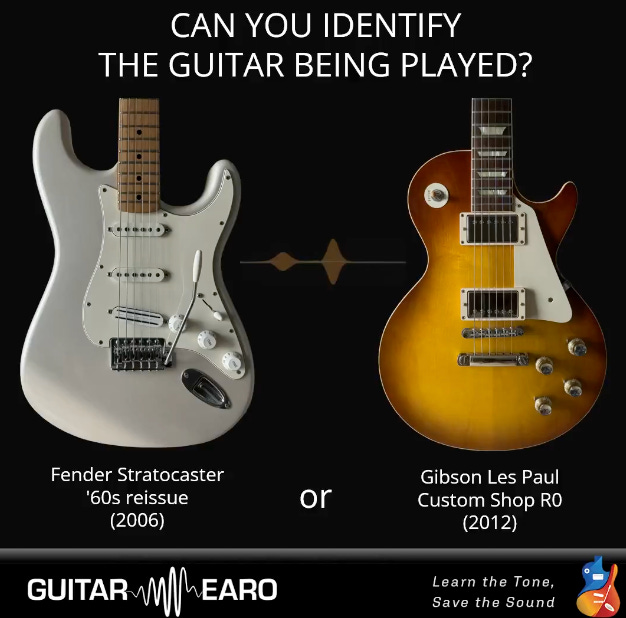Few debates in the guitar world are as persistent, or as misunderstood, as the one over pickup magnets.
“AlNiCo II is warm.”
“AlNiCo V is bright.”
“Ceramic is harsh.”
These statements are repeated endlessly. But how much of this is physics, and how much is lore?
Let’s break it down.
Magnet Strength Basics
Most pickups use one of three common magnets:
AlNiCo II (Aluminium–Nickel–Cobalt, grade II)
AlNiCo V (a stronger formulation of the same alloy)
Ceramic (ferrite-based, usually the strongest)
In terms of raw pull strength: Ceramic > AlNiCo V > AlNiCo II.
Stronger magnets produce a higher flux density in the coil, which translates to:
More output
Tighter, faster attack
Brighter response
Weaker magnets mean:
Softer attack
Less output
“Sweeter” top end
On paper, it sounds simple. But in practice, there’s more at play.
The Role of the Coil
Magnets alone do not define a pickup’s voice.
Coil design (the number of wind turns, wire gauge, and even the geometry of the bobbin) shapes most of the frequency response.
For example:
A hotter overwound coil can make an AlNiCo II pickup sound nearly as aggressive as an AlNiCo V.
Pickup height adjustment (distance from string to magnet) can alter tone more dramatically than swapping magnet types.
This is why two humbuckers with the same magnet type can sound worlds apart.
The Measurable Differences
So what does change when you swap magnets, all else being equal?
AlNiCo II: Rounder attack, reduced magnetic pull (less string damping), lower output. Often described as “vintage sweetness.”
AlNiCo V: Punchier lows, more presence in the highs, slightly hotter output (about ~1 dB louder than II in controlled tests).
Ceramic: Higher output, more compression, a tighter low end, and a modern edge. Favoured in high-gain designs because the magnet stays consistent even under heavy vibration and temperature shifts.
These are real, measurable differences. But they’re smaller than marketing often suggests.
Why the Myths Stick
If the measured changes are modest, why do players describe them as night-and-day?
Context bias: If you expect “harsh” from ceramic, you will likely hear harshness.
Build differences: Many ceramic pickups are paired with overwound coils, reinforcing the stereotype.
Marketing shorthand: It’s easier to sell “AlNiCo II = sweet, AlNiCo V = bright, Ceramic = aggressive” than to explain inductance curves and gauss levels.
Over time, these simplifications become dogma.
The Takeaway
Magnets do matter, but they are only one ingredient in the recipe. Coil design, build quality, and setup account for most of a pickup’s tonal fingerprint.
Think of magnets as seasoning:
AlNiCo II adds warmth and softness.
AlNiCo V sharpens the flavour with more punch.
Ceramic turns up the intensity.
Choose your flavour, but understand the whole recipe.
If you enjoyed this myth-busting dive, subscribe to Guitar Earo on Substack for more technical explorations of guitar physics and design.
🎸 Learn the Tone. Save the Sound.




